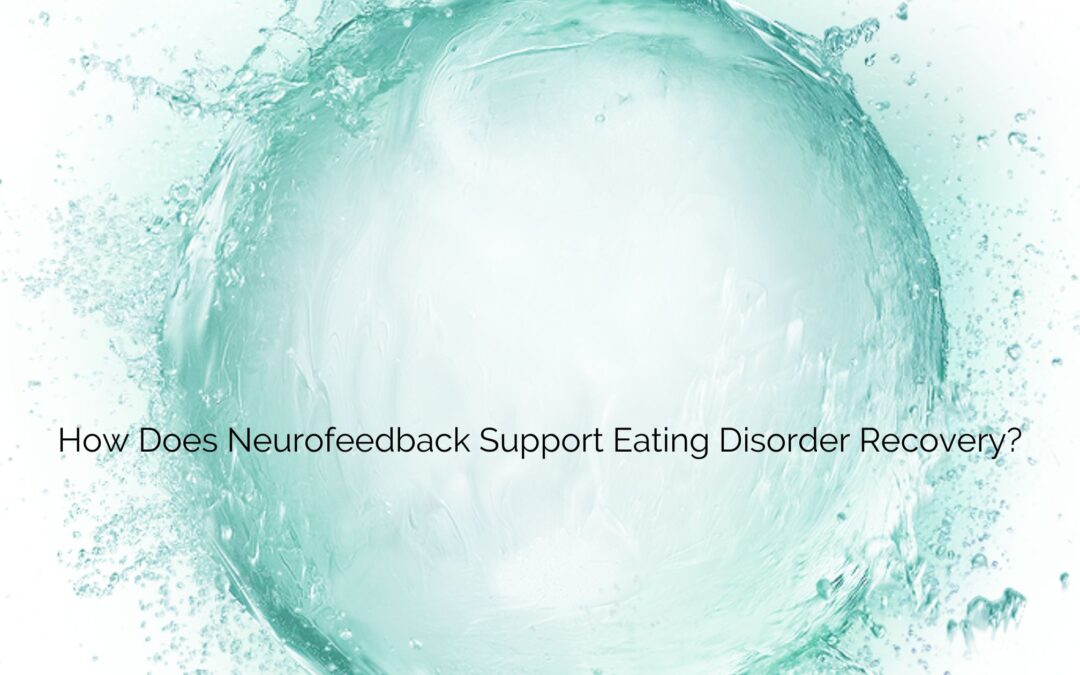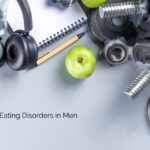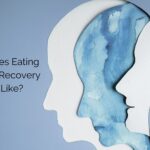Given the complexity of eating disorders, we believe an integrative and holistic approach is necessary for sustainable recovery. While therapy and nutrition support are crucial elements of a person’s eating disorder recovery journey, additional evidence-based interventions, such as Neurofeedback, that focus on a person’s brain and Central Nervous System can be a beneficial adjunct to a comprehensive eating disorder treatment plan.

Neurofeedback is a 100% non-invasive, drug-free brain training system that provides feedback to a person’s brain and helps the central nervous system (CNS) best use your brain’s natural resources. Neurofeedback is used to treat a variety of mental health concerns, including anxiety, PTSD, ADHD, and eating disorders.
Potential Benefits of Neurofeedback in the Treatment of Eating Disorders:
Improving self-regulation:
Neurofeedback may help individuals with eating disorders improve their ability to regulate their thoughts, emotions, and behaviors, which can be particularly useful in managing disordered eating habits and related behaviors.
Reducing symptoms:
Neurofeedback has been found to be effective in reducing symptoms of anxiety, PTSD, ADHD, and other mental health concerns that co-occur with eating disorders. Clients have shared that when adding neurofeedback to their treatment, they noticed improved energy, regulated sleep, increased clarity, improved mood stabilization, and less anxiety.
Enhancing brain function:
Neurofeedback may improve brain function and connectivity, leading to improved cognitive and emotional regulation and better decision-making and impulse control.

Neurofeedback can be a beneficial addition to treatment because it targets various common underlying concerns contributing to an eating disorder, such as anxiety, trauma, chronic stress, and ADHD. Neurofeedback also aids in emotion regulation, which can lead to reduced use of eating disorder behaviors as a way to cope. Incorporating Neurofeedback during meal support or food exposures can decrease generalized and acute anxiety during mealtimes or in the presence of fear foods.
How is Neurofeedback incorporated into eating disorder treatment?
It is important to note that Neurofeedback is not a substitute for therapy but rather a support to your therapy. It can also be used in conjunction with meal support and food exposures, as well as a stand-alone session or during a talk therapy or EMDR session. Monthly take-home Neurofeedback rental units are also available.
If you have questions about an evaluation or consultation for eating disorder recovery or want to learn more about integrating neurofeedback into treatment for long-lasting recovery, let’s connect! You can reach us by calling (720) 675-7123 or filling out a contact form, and our intake coordinator will contact you within the next 24 business hours.
Photo Credits:
Photo by Adrien Converse on Unsplash
Photo by Priyanka Singh on Unsplash




